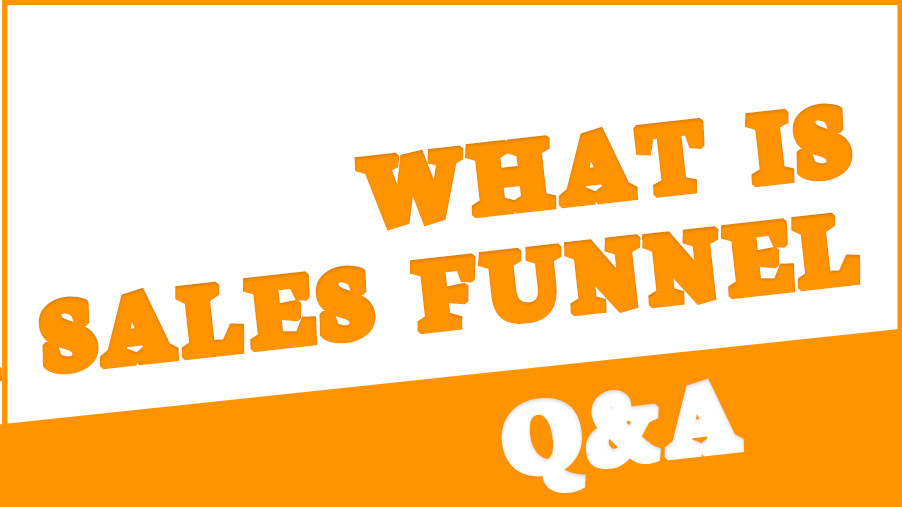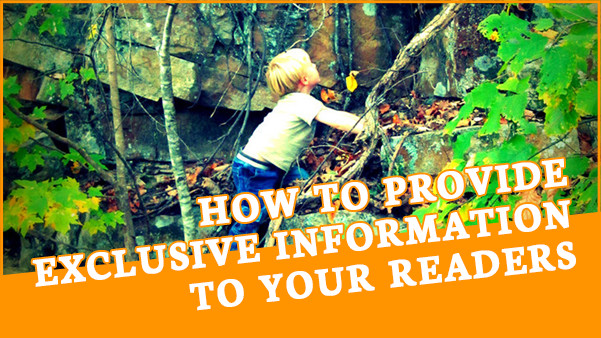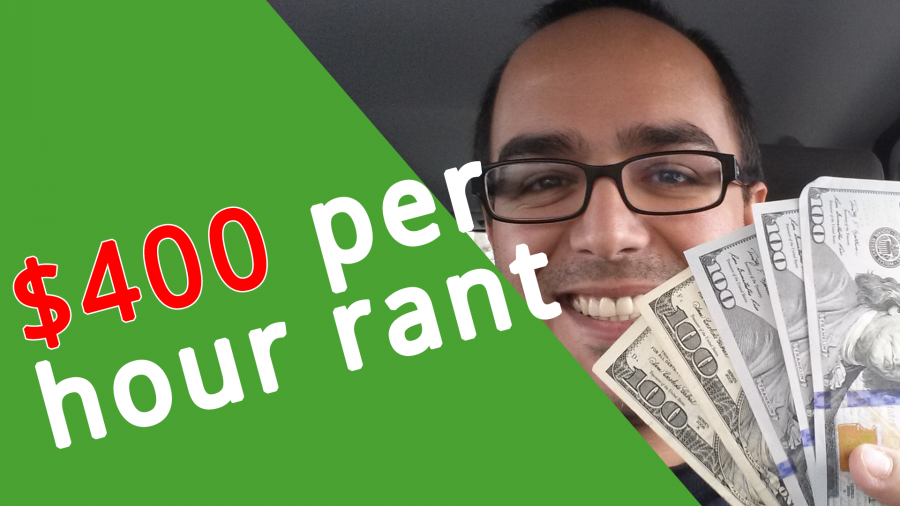What is a Sales Funnel?
A sales funnel, also known as a marketing funnel or a sales pipeline is one of the key methods to make money online. Let's talk about what is a sales funnel.
A sales funnel is in fact, a key element to making money on any business, not just online businesses. Marketing funnels have been around for centuries but they were very difficult to analyze before the Internet and all the access we have to analytics and statistics.
Every sale has five basic obstacles: no need, no money, no hurry, no desire, no trust. - Zig ZiglarClick To TweetIn online marketing, you can track all the steps of the funnel and really get detailed statistics on how the funnel is performing, allowing you to make adjustments quickly. I'll cover that in the future, but for now, I want to just explain what is a sales funnel.
I've noticed that many of my readers are totally new to online marketing so we're going to explain some basics now, today let's talk about sales funnel and answer the question:
What is a Sales Funnel?
The definition of a sales funnel, which can also be referred to as a revenue funnel or sales process, refers to the buying and selling process that companies and customers go through when a customer buys a product from a company.
Sales funnel have at least a few steps, sometimes a sales funnel can have half a dozen or more steps. Generally, in my experience, the most concise sales funnels perform better. I'm going to show you how it works with a four step sales funnel.
Sales funnels in theoretical terms


Following, I explain how a 4-step sales funnel might work step by step, and after it, I give you a practical example of each step.
Step 1 - Contains the most people. At this point, the buyer is just a prospect, and this step is relatively inexpensive for both, the company and the prospect. During this phase, the prospect doesn't know much about the product or the company or both. The company is defining what the profile of a customer could look like.
Step 2 - This shows a small but measurable commitment in part of the prospect and usually converts the prospect into a lead. The cost of setting this step up may be significant for the company, but it's negligible for the prospect. During this phase, the company is trying to establish trust and begin a relationship with the lead in order to educate them.
Step 3 - Educate the interested parties and request a bigger commitment. At this point in the funnel, the company knows more about the lead and will generally request a financial or emotional commitment. Sometimes a trip wire offer is used in this step.
Step 4 - This is the most narrow part of the funnel. In this phase, the company will ask the lead to purchase the product or service. The lead should now be familiar with the offering, and the customer is likely expecting the offer to be made.
If at step number 4, the lead became a customer and purchased a product, then they should be moved to another funnel. This new funnel is geared specifically towards existing customers and known buyers. During this sales process, the company will attempt to offer more value to the customer and ideally develop a lifetime buying relationship.
If the lead did not purchase at step number 4, then they should be moved to another funnel that continues building the relationship (step 2), and offers different levels of commitment to the lead (step 3), and eventually, makes a new offer or positions the same offer under a different value proposition.
From all people to a prospect, to a lead, to a buyer.


Before I give you a concrete example of what an online sales funnel might present at each step, I think I need to clarify a few terms. The company or seller will deal with individuals. Depending on their buy-readiness, they can be classified as follows:
All people. This is basically everyone and anyone. You don't sell to all people because that means that your product would be good for every single person on the planet and every single person in the world would want to buy from you. That will never be the case.
Prospect. This is an individual that belongs to a more defined group of people which you have identified as someone that needs your product or service. When someone is a prospect, it means they're a person that would be qualified to buy your product if they have the money and are ready to buy.
Lead. A lead is someone that has confirmed undoubtedly that they need and want your product. They might even be ready to buy, they know you and also have at least a basic relationship with you. But a lead can be lost to the competition, so this is the most vulnerable step of the sales funnel.
Buyer. Once an individual pays for a product or service they become a buyer. This is the ultimate goal in the sales funnel and establishes trust and commitment to between the seller and buyer. As long as the seller continues to provide value, the buyer is likely to remain a buyer and spend more money in the future.
What should go into each of the steps?
We're talking about online marketing so my example will be specific to selling a product online, and these contain practical examples.
Step 1. This is basic and it will be something like a web page. A landing page of some sort, it could be the product page on an e-commerce site, a blog post or even an ad on Craigslist. Based on the classification I mentioned earlier, this should be shown to prospects and must contain a call to action to invite the prospect to learn more or to make a small commitment moving them along towards the status of a lead.
Step 2. Lead magnet, in this step I would offer a lead magnet. One that would be designed to fit the needs of the profile of my prospect. For example, an ebook, a free download, a training series, access to additional exclusive information or something that helps establish authority, trust and moves the prospect towards becoming a lead. Generally, this is a free offer. Sometimes it can be a very low priced item called a tripwire, like asking the lead about paying for shipping on a free product or buying a digital product for a few dollars.
What is a lead magnet? In short, a lead magnet is a free or very low-cost item that you can use to exchange for the prospect's information, like a PDF, a report, a video or a free gift. I'll cover this in more detail in the future.
Step 3. This is about educating the lead, so the best thing to use during this step would be a series of emails, videos, or the ebook (step 2) itself and use it to educate the lead about the different ways that the product or service can help them solve a pain point or enhance their lives. The easiest and most used method of delivering this is with an email autoresponder, like Aweber.
Step 4. The method of delivering this step is up to the seller, but it must clearly contain a call to action to buy or order the product or service. The previous steps should have developed authority, trust, and education with enough substance to make the request for a buy be a natural step.
A few other things to consider
A sales funnel can be made to fit the sellers needs easily and can be completely different from what I have described here but this is a basic overview of how you may start developing your own sales funnel.
To build a sales funnel, you need a plan, a notebook or a way to write down your steps and a few tools. I would recommend the following tools: WordPress, LeadPages, Optinmonster and Aweber in addition to either the lead magnet or a shopping cart to deliver the goods. But I'll cover that in another blog post soon.







